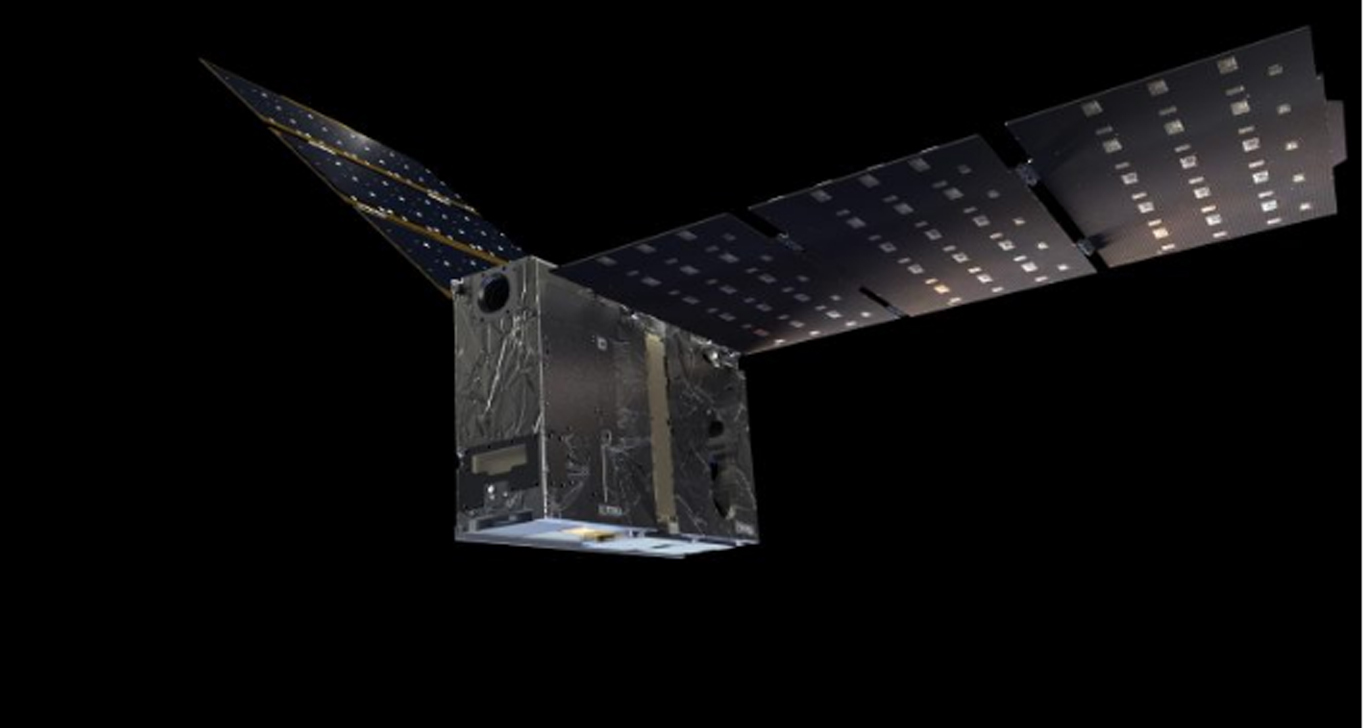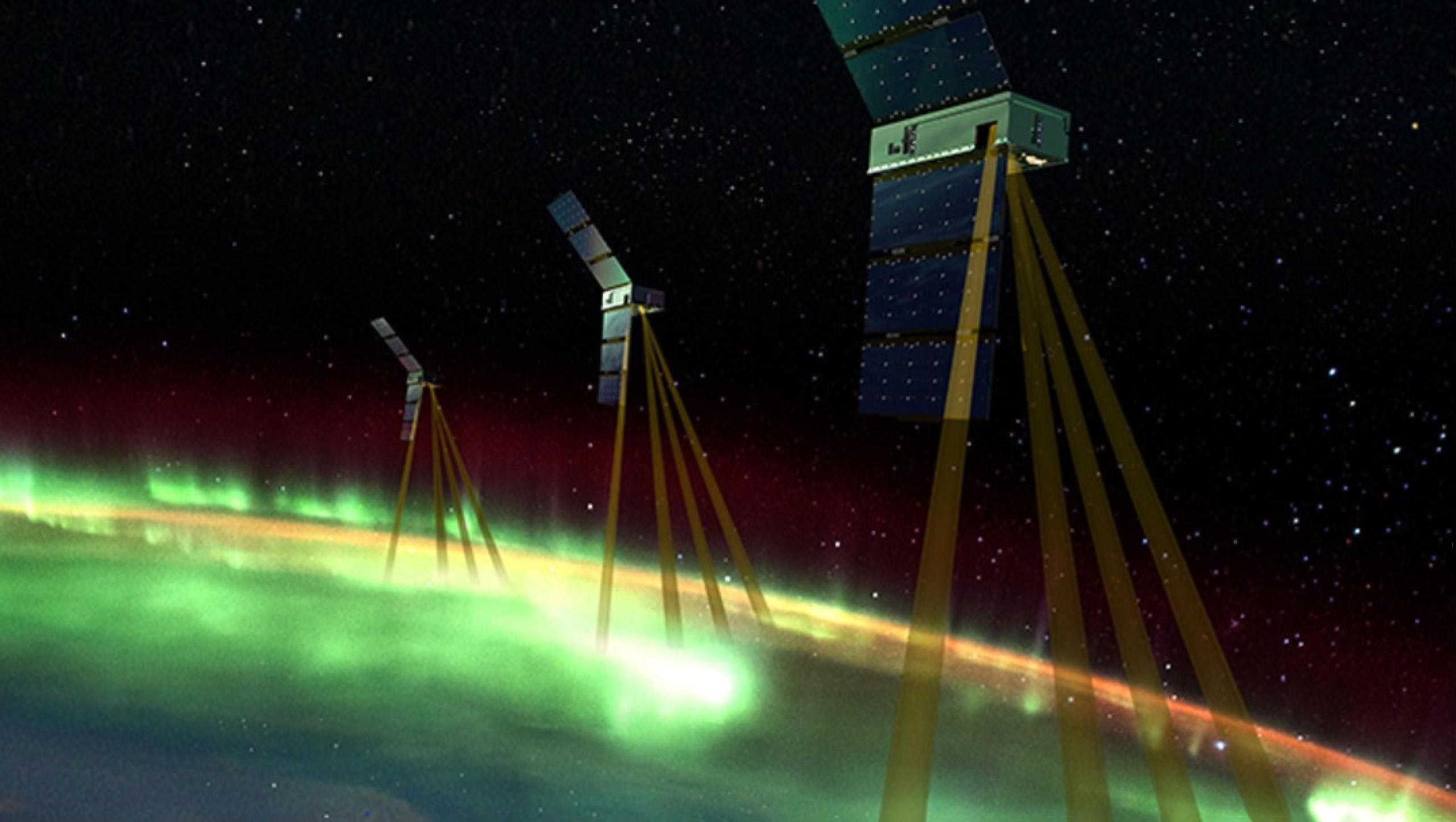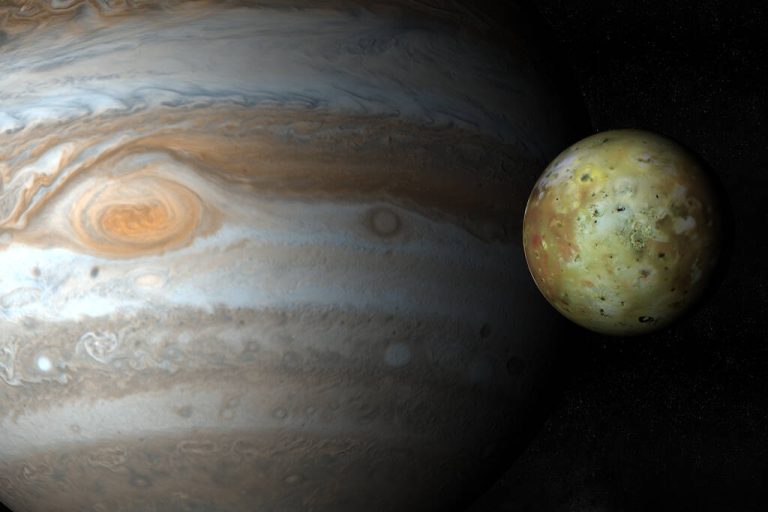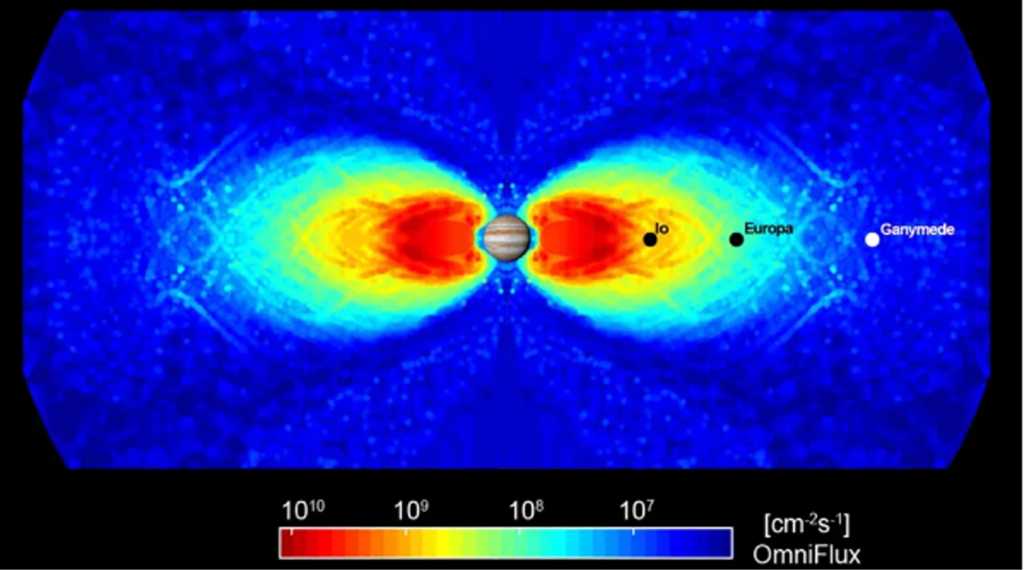NASA Explores the Northern Lights: What’s Really Creating the Aurora?
NASA’s groundbreaking mission with EZIE CubeSats is set to unravel the mysteries of the auroral electrojets, paving the way for enhanced space weather prediction and improved protection for vital technology on Earth.
Summary
- NASA’s EZIE mission focuses on studying powerful electrical currents in the upper atmosphere.
- SpaceX’s Transporter-13 mission enables the launch of the CubeSats.
- The project utilizes CubeSats to map auroral activity.
- The goal is to refine space weather models that safeguard satellites, power grids, and communications.
- Collaboration among NASA, SpaceX, and Maverick Space Systems is key to the mission’s success.
- Insights from this mission could revolutionize our understanding of Earth’s magnetic environment.

Introduction
NASA is embarking on an extraordinary journey to explore the secrets behind the northern lights. This celestial phenomenon, captivating observers for centuries, is now under intense scientific scrutiny. The mission, known as the Electrojet Zeeman Imaging Explorer (EZIE), seeks to understand the dynamic electrical currents known as electrojets that power the shimmering auroras. These currents are not only responsible for the beauty of the night sky but also play a critical role in space weather—a field that directly impacts our modern technological infrastructure.
Launched aboard a SpaceX Falcon 9 rocket as part of the Transporter-13 rideshare mission, the EZIE project is an exemplary demonstration of international collaboration and technological innovation. The launch will occur from Vandenberg Space Force Base, where meticulous planning and coordination with partners such as Maverick Space Systems ensure every detail is perfect.
Mission Overview
The EZIE mission focuses on the study of electrojets—powerful electrical currents that surge through Earth’s upper atmosphere when auroras light up the sky. The mission employs three miniature satellites called CubeSats, which are designed to capture and measure magnetic disturbances produced by these electrojets. By doing so, scientists hope to refine space weather prediction models that can better forecast events affecting everything from satellites to power grids.
CubeSats and Space Weather
CubeSats are revolutionizing space exploration. Despite their small size—comparable to a shoebox—these satellites are equipped with sophisticated instruments capable of detecting subtle changes in Earth’s magnetic field. Their deployment in the EZIE mission is strategic; by placing multiple CubeSats into orbit, scientists can gather comprehensive data over a wide area.

Technological Impact and Future Implications
The implications of the EZIE mission extend well beyond academic curiosity. With improved space weather models, industries that rely on satellite technology and electrical infrastructure can prepare more effectively for solar and geomagnetic disturbances. For instance, a sudden geomagnetic storm can have devastating effects on power grids, causing widespread outages and communication blackouts. With early warnings enabled by refined models, preventive measures can be taken to minimize damage and ensure continuity of essential services.
Furthermore, the mission serves as a stepping stone toward continuous monitoring of Earth’s space environment. As our reliance on digital technology grows, the ability to predict and respond to space weather events becomes increasingly crucial. The data acquired from EZIE could lead to the development of robust strategies to protect not only satellites but also everyday technologies that drive modern economies.
Mission Details Table
| Mission Component | Details |
|---|---|
| Mission Name | EZIE (Electrojet Zeeman Imaging Explorer) |
| Launch Vehicle | Falcon 9 Rocket |
| Launch Date | March 15, 2023 (EDT) |
| Launch Location | Vandenberg Space Force Base |
| Partner Organizations | NASA, SpaceX, Maverick Space Systems |
Technological Impact Table
| Area of Impact | Potential Benefits |
|---|---|
| Satellite Operations | Enhanced prediction models leading to safer satellite deployment and prolonged operational lifespans |
| Power Grids | Advanced forecasting of geomagnetic storms to protect infrastructure from unexpected outages |
| Communication Systems | Improved reliability and resilience in data transmission during severe space weather events |
| Scientific Research | Deeper insights into the dynamics of Earth’s magnetosphere and its interaction with solar phenomena |
The Role of Collaborations in Modern Space Missions
The success of the EZIE mission is largely due to the collaborative efforts of multiple organizations. NASA brings decades of space exploration expertise, while SpaceX provides cutting-edge launch technology. Maverick Space Systems plays a critical role in ensuring seamless launch integration.
Collaboration in space missions is not just about sharing resources—it is also about exchanging knowledge and ideas. When organizations with diverse expertise work together, they can tackle challenges that are too complex for any single entity. This mission is a prime example of how teamwork and international partnerships can lead to scientific breakthroughs and drive technological progress.
Enhancing Space Weather Models
One of the primary objectives of the EZIE mission is to enhance our current models of space weather. Space weather forecasting is a field that has seen rapid advancements over the past few decades, yet there remains a significant gap in our understanding of the finer details of Earth’s magnetic interactions. The data collected by the CubeSats will provide a much-needed boost to these models.
By mapping the auroral electrojets with high precision, researchers will be able to simulate how these currents interact with solar winds and other cosmic phenomena. This improved understanding will lead to more reliable forecasts and enable authorities to implement early warning systems. In turn, this could safeguard vital services like power transmission and satellite communications from the unpredictable effects of space weather.
Impact on Earth’s Technology
Space weather events, though natural, can have profound impacts on our technological infrastructure. For instance, a severe geomagnetic storm can interfere with GPS signals, disrupt telecommunications, and even cause damage to electrical grids. With the refined predictions stemming from the EZIE mission, it will be possible to mitigate these risks effectively.
The data gathered will not only inform scientists about the behavior of electrojets but will also assist engineers in designing more resilient systems. This proactive approach is essential for maintaining the integrity of modern technological networks, which are critical to economic stability and public safety. In a world increasingly dependent on technology, the benefits of improved space weather forecasts cannot be overstated.
The EZIE mission marks a significant milestone in space exploration and technology protection. By harnessing the capabilities of innovative CubeSats and leveraging the expertise of leading organizations such as NASA, SpaceX, and Maverick Space Systems, scientists are poised to unlock new insights into the auroral electrojets. These insights will not only enrich our understanding of the natural world but also bolster the defenses of our technological infrastructure against space weather hazards.
Facts
- CubeSats are compact satellites roughly the size of a shoebox.
- The northern lights, or auroras, have fascinated people for centuries.
- SpaceX has transformed space travel with its reusable rockets.
- NASA has been at the forefront of space exploration for over 60 years.
- The EZIE mission is opening new doors to study Earth’s magnetic environment.



